(Update 20/12/11)
In 1956 Federal Aid Highyway Act was signed, for this i was thinking of having a image of a car driving coming down one of the highways, with one of the highway signs next to the car. The image for this will have to be drawn by hand.
The interstate Highway system is created Jun 29, 1956
President Dwight Eisenhower signed the Federal-Aid Highway Act of 1956. The bill created a 41,000-mile National System of Interstate and Defense Highways that would, according to Eisenhower, eliminate unsafe roads, inefficient routes, traffic jams and all of the other things that got in the way of “speedy and being safe.
http://www.modot.org/interstate/MissourisInterstateHistory.htm
http://csudigitalhumanities.org/exhibits/exhibits/show/interstate-highways/introduction
http://www.dipity.com/apatterson/Modern-History-OGT-Timeline/?mode=fs
http://www.democratsforprogress.com/2011/06/30/history-teaches-june-29/
http://www.antiwar.com/blog/2006/06/27/defense-highways/

 |
| Opening |
Update ( 21/12/11)
In 1958 the Americans sent their first satellite into orbit and its name was the Explore 1.
I'm going to have a image of the Explore 1 and try to incorporate the orbit it did. I'm also considering add smaller versions of its siblings that were sent up the same year. I going to try and get images that show happened to each Explore. Explore 1 burned out 1970's, Explore 2's rocket failed to ignite, Explore 3 and 4 were successful, but sort lived and Explore 5 failed due its rocket pod colliding with top section in separation.
For more information on Explore 1, paragraph taken from NASA website posted below
Explorer 1 was the first satellite launched by the United States when it was sent into space on January 31, 1958. Following the launch of the Soviet Union's Sputnik 1 on October 4, 1957, the U.S. Army Ballistic Missile Agency was directed to launch a satellite using its Jupiter C rocket developed under the direction of Dr. Wernher von Braun. The Jet Propulsion Laboratory received the assignment to design, build and operate the artificial satellite that would serve as the rocket's payload. JPL completed this job in less than three months.
http://www.nasa.gov/mission_pages/explorer/explorer-overview.html
http://www.youtube.com/watch?v=bHYyzLu1Gew
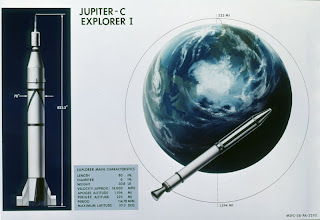 |
| For the image I want to create, I want to do something similar to this, but include its siblings |
http://history.nasa.gov/sputnik/galleryex.html
http://tetrahedral.blogspot.com/2011/01/celebrating-53-years-of-american-space.html
Update ( 22/12/11)
Polio Vaccine
On this day in 1954, the Salk polio vaccine field trials, involving 1.8 million children, begin at the Franklin Sherman Elementary School in McLean, Virginia. Children in the United States, Canada and Finland participated in the trials, which used for the first time the now-standard double-blind method, whereby neither the patient nor attending doctor knew if the inoculation was the vaccine or a placebo. On April 12, 1955, researchers announced the vaccine was safe and effective and it quickly became a standard part of childhood immunizations in America. In the ensuing decades, polio vaccines would all but wipe out the highly contagious disease in the Western Hemisphere.
http://www.history.com/this-day-in-history/polio-vaccine-trials-begin
http://poliovaccine.umwblogs.org/
First domestic airline
Of all the airlines in the United States, Pan American, which the U.S. government considered its “chosen instrument” to represent the American commercial air fleet abroad, was undoubtedly a pioneer in embracing jet aviation. Juan Trippe, the airlines' legendary chief executive officer, had early on expressed a keen interest in operating a passenger jet service capable of flying nonstop across the North Atlantic. Having seen the bright promise of the British Comet fade, Trippe played off two of the biggest domestic airplane builders, Boeing and Douglas. Both companies vied to appeal to Pan American's needs and offered the Boeing 707 and DC-8, respectively. In October 1955, Trippe signed contracts with both companies to buy 45 of these jets (20 707s and 25 DC-8s). Exactly two years later, Boeing rolled out the first operational 707, a Boeing 707-120, and on October 26, 1958, amid much fanfare, Pan American inaugurated its New York-London route, ushering in a new era in the history of passenger aviation. On the very first flight, which made a stopover in Newfoundland, there were 111 passengers, the largest number ever to board a single regularly scheduled flight. Coach fares were $272, about the same as one would expect to pay for a piston-engine flight across the Atlantic.
http://www.centennialofflight.gov/essay/Commercial_Aviation/Opening_of_Jet_era/Tran6.htm
http://www.flickriver.com/photos/christianmontone/tags/airlines/
http://pzrservices.typepad.com/vintageadvertising/2008/08/northwest-airli.html
http://b377.ovi.ch/pcs/aoa.html
http://hawaii.gov/hawaiiaviation/aviation-photos/1950-1959/honolulu-international-airport/pan-americ







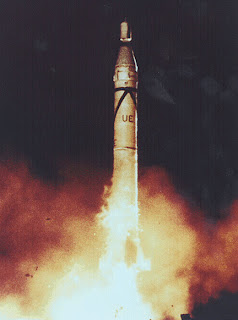

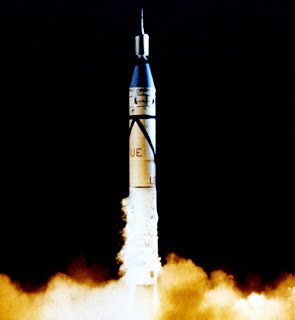
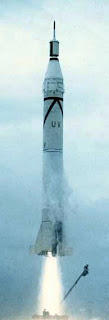

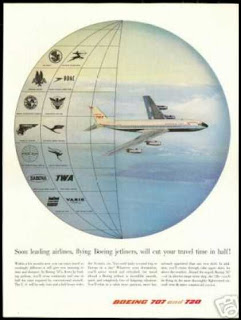
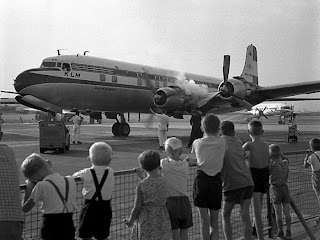




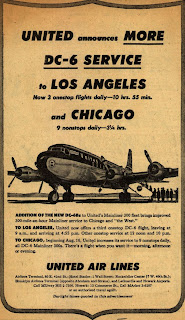


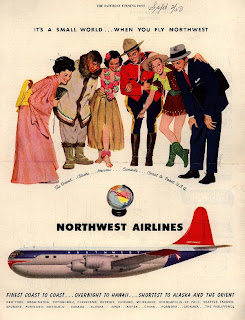



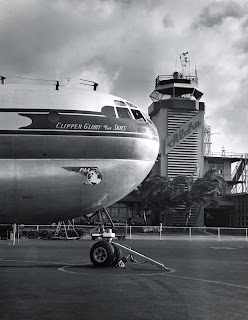

No comments:
Post a Comment